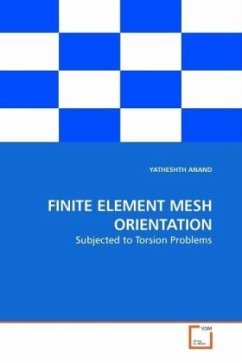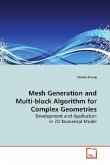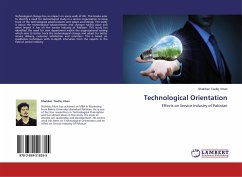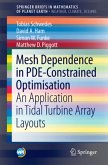Finite Element Methods, is commonly used to integrate design and development of a variety of products of Mechanical Engineering. FEM allows a detailed visualization of a structure's bend or twist by discritising the entire object into small elements, and indicates the distribution of stresses and displacements for the whole domain. It allows the entire design to be constructed, refined and optimized, before it is actually manufactured. Finite Element Mesh Orientation encompasses the most appropriate mesh allignment/orientation of the elements so that more accurate results can be obtained and an effecient design can be obtaind for manufacturing. The present work deals with the Effect of the Mesh Orientation studied for Torsion Problems; as torsion is most of the times the cause of failure of a mechanical component. This effect is studied on two types of bars: one with a rectangular cross section and another with a circular cross section.








